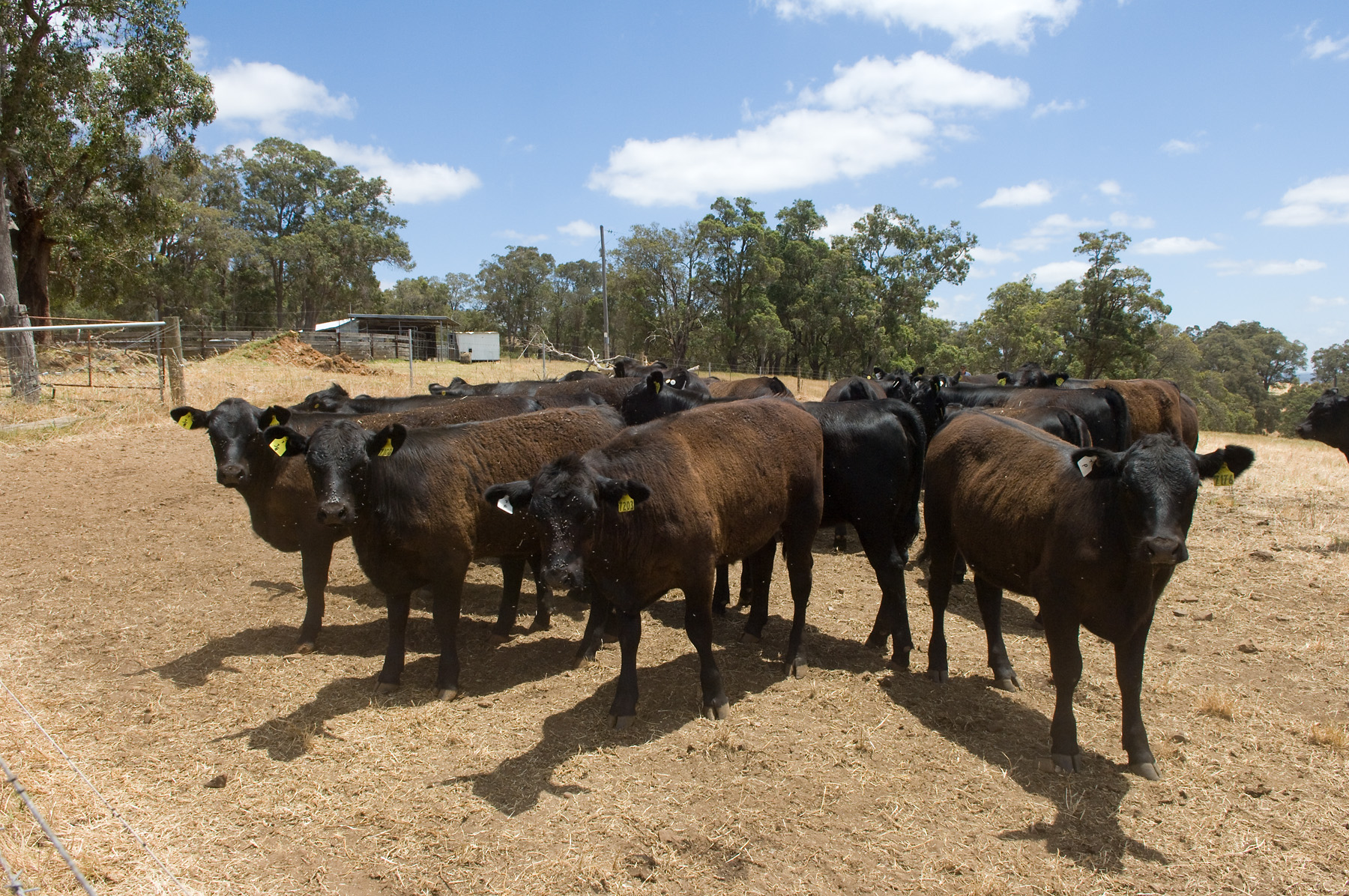
Protracted dry conditions are impacting farming businesses across the agricultural region, particularly in South West cattle production areas where annual rainfall figures are particularly low.
The Department of Primary Industries and Regional Development (DPIRD) has useful information, tools and advice on its Season 2024 – Southern Beef Dry Season Management webpage to help producers make informed decisions.
DPIRD veterinary officer Danny Roberts said it was important to condition score animals often and assess feed quality.
Dr Roberts this information could be used to develop a feed budget for different classes of animals, including yearling cattle, heifers or adults, late pregnant cows, lactating cows and bulls.
“Let the animals do the talking,” he said. “Condition scoring different classes of cattle will tell producers what feed is required and how much to keep animals at score condition three.
“To meet the condition target, producers will also need to know the energy and crude protein content of their feed, which means testing hay and straw or checking pellet value – especially as there’s limited energy in pasture.”
A free Drought and Supplementary Feed Calculator is available via the Season 2024 – Southern Beef Dry Season Management webpage to help determine the kilograms of feed required.
Dr Roberts said maintaining livestock nutritional requirements was not only imperative for animal welfare, it also ensured the long term viability of the herd.
“Underfeeding animals compromises their productivity the following year, while it can also impact the fertility of cows and the performance of future progeny,” he said. “Underproductive animals will not deliver a return.”
Monitoring water sources for quality and quantity is also essential, which can deteriorate as the dry conditions continue.
“Lactating and late pregnant animals can need up to twice as much water as dry animals, while older animals have a higher water requirement compared with young stock,” Dr Roberts said.
While hay supplies are tight, grain and pellets supplements can be considered as part of a ration mix but can present some challenges.
“Cattle pellets can provide a balanced feed source when feeding low quality roughages like cereal straw, as cereal straw alone will not provide the energy and protein required for adequate nutrition,” Dr Roberts said.
“Lupins are another option but should be cracked to increase energy availability when fed to cattle, while cereals should be introduced slowly with a roughage source to reduce the risk of acidosis.”
Dr Roberts said the key to managing dry conditions was to be prepared and to plan.
“A plan with ‘what if’ scenarios and how your business would manage the situation will assist difficult decisions, should the situation arise,” he said.
“It can include short term strategies, including water and paddock management and cash flow figures, as well as long term strategies, such as pasture management and breeding objectives.”
Further information on managing cattle nutrition needs, as well as strategies and tactics is available on DPIRD’s Season 2024 – Southern Beef Dry Season Management webpage.
Producers experiencing financial hardship can find a range of funding and support information available via the Season 2024 webpages, along with the Rural Support Directory, with links to counselling and support services.


